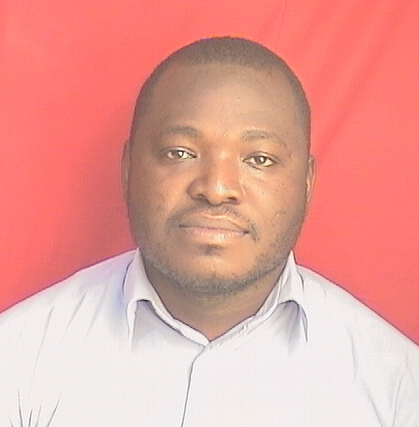Profile
Dr. Joahua Kiddy Kwasi Asamoah is an applied mathematician. His research approach is characterised by developing models that balance realism and tractability, drawing upon insights from mathematics, statistics, and computational techniques. He uses ordinary differential equations, partial differential equations, optimal control theory, fractional derivatives, and environmental factors to gain insights into the qualitative behaviour of nonlinear dynamical systems arising from the mathematical modelling of phenomena in the natural sciences, with an emphasis on the transmission dynamics and control of human and animal diseases of public health and socio-economic interest.
He is committed to producing robust and actionable solutions that transcend disciplinary boundaries. He has been involved in the mathematical study of the spread, control, transition dynamics, and social consequences of diseases such as; Heartwater, Rabies, Q fever, gonorrhoea, bacterial meningitis, COVID-19, Zika, Ebola, malaria, dengue, maize streak virus disease, HIV, listeriosis, measles, Marburg, Nipah virus infection, and cholera.
He serves as an associate editor for 6 internationally accredited journals. He is a reviewer for over 25 internationally accredited journals. He has co-authored 73 Scopus-indexed research articles, of which 71 of the publications are indexed in Web of Science.
Specifically, his research and teaching work is remarkably interdisciplinary, at the intersection of the mathematical, natural, engineering, and social sciences.
Honours
1. Springer Nature Author Service Award, part of the Springer Nature Editor of Distinction Award 2025
2. Journal of Mathematics, top 10 most cited papers published by the journal in 2023. Some Novel Estimates of Integral Inequalities for a Generalized Class of Harmonical Convex Mappings by Means of Center-Radius Order Relation
3. Stanford University's global list that represents the top 2% of scientists in various disciplines, 2024
4. Stanford University's global list that represents the top 2% of scientists in various disciplines, 2023
Editorial Board Member
1. PLOS ONE
2. Scientific African-Elsevier
3. Virology Journal—BMC Part of Springer Nature
5. Franklin Open-Early Career Editorial Board-Elsevier
6. Health Economics and Management Review
RESEARCH AREAS/EXPERIENCES
- Mathematical Epidemiology
-
Mathematical Biology
-
Computational Biology
-
Optimal Control Theory
-
Differential Equations
- Applied Fractional Calculus

